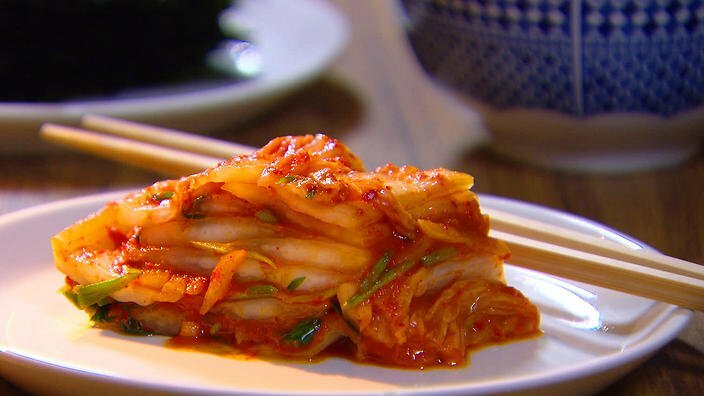At the top of a display that incorporates ornamental ceramics glazed with evaporated human urine, serving bowls crafted from used restroom paper, and a comté cheese cultured via bacteria in Heston Blumenthal’s pubic hair, the V&A is supplying its traffic canapés. And they’re tasty. Who knew a mold found inside the soil of Harlow could go so nicely with tomatoes too unpleasant for stores and restaurants?

The V&A will open a prime exhibition on Saturday, exploring the tale of meals and how humans reinvent how we grow, distribute, and revel in them. The museum’s director, Tristram Hunt, stated the V&A desired to take traffic on “a sensory adventure through the meals cycle” from compost to table. The three years of making plans for the show consist of things the museum has never achieved earlier, such as asking celebrities for their microorganism. “I did allow down the curators,” Hunt admitted. “In the quiet, I couldn’t face signing the letter to David Attenborough saying: ‘Can we make cheese together with your ft?’ I felt it became no longer suitably respectful of a countrywide treasure.”
There changed into no such queasiness approximately getting samples from the pubic hair of Blumenthal for a comté, or the belly button of Professor Green for a mozzarella, or the nose of Guardian columnist Ruby Tandoh for a stilton, and the cheeses will quietly broaden in the front of site visitors. Elsewhere, mushrooms grow on good beds encompassing coffee grounds from the V&A’s cafe. The mushrooms will cross lower back to the restaurant when they’re grown. The canapés are provided by the Center for Genomic Gastronomy and are made to order as soon as traffic picks out 3 in their meal priorities from a 15-sturdy listing. So a “green, affordable and 0-waste” canapé was made from cucumber, tomato, mildew microprotein, dried anchovy, and Indian salad is hydroponically grown in Clapham.




